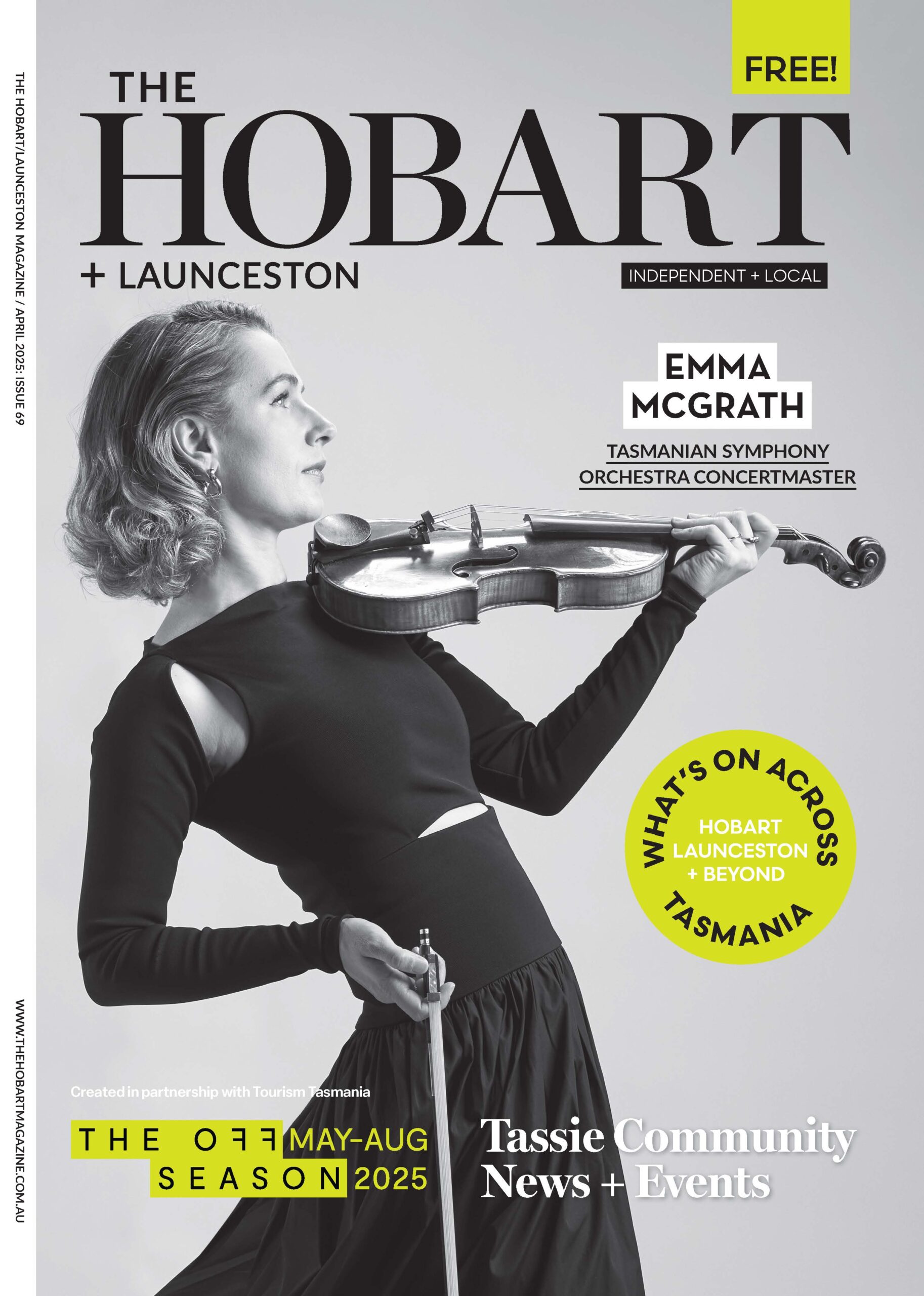Early last year, as I passed by the tents, cars and makeshift shelters constructed by people rough sleeping at Hobart Showgrounds, I felt a not unfamiliar sense of outrage that people in Tasmania are being forced to live like this.
Splashed across the media, we saw a vulnerable group of people and families with young children who made a last ditch, desperate attempt to find some form of shelter. They had been pushed into homelessness because they had nowhere affordable, safe and secure to live.
I’ve been a State Director for Mission Australia for 18 years now, and I can tell you that what we’ve seen unfold at the Showgrounds is just the tip of the iceberg. We know that there are many more Tasmanians who might not be making headlines by rough sleeping, but are being pushed into hidden homelessness. These are the people who have to move from couch to couch because they have nowhere permanent to stay, they’re living in your neighbour’s garage, or sleeping in their car. They’re the young people being assisted by our Youth Beat service, or your elderly neighbour moving into crisis accommodation.
As a third generation Tasmanian, I know very well that Hobart’s issue with homelessness isn’t just a flash in the pan problem. It’s been a systemic issue for decades. But, this is the first time in Tasmanian history where our booming real estate market is not only a major reason people are being pushed into homelessness, but it could also hold the key to helping solve this problem.
The most recent Rental Affordability Index from National Shelter shows that Greater Hobart is the least affordable metropolitan area in Australia. It means that even an average income household is on the verge of housing stress and low income households are facing more severe rental stress. Social Security payments including rental assistance aren’t keeping up with the pace of rental prices.
Of course, people who are struggling to make ends meet can try and find somewhere more affordable, perhaps outside of Hobart but this may mean moving away from jobs and family support. And at the extreme end the only affordable option becomes the street, a car, or a couch.
We’ve all seen the flood of new developments in Hobart. As counterintuitive as it may seem, this boom could also be a golden opportunity to help reduce homelessness.
With the right policy settings including targets, we can make sure these developments deliver social and affordable homes too.
We must re-prioritise the developments we want to see in our city. We are in this together and we all have a responsibility to commit to ensuring that people of all ages and people facing challenges in their lives, can afford a safe place to come home to. So our children and our children’s children have a safe place to call home.
It will take solid partnerships and political determination to deliver this. But we know that the building of inclusive communities has been incredibly successful in cities in Australia and around the world. Let’s strike in 2019, while the property’s hot. We must not look back on this property boom with regret.
Noel Mundy, Mission Australia Tasmania State Director. Follow Noel at @NoelMundy59


